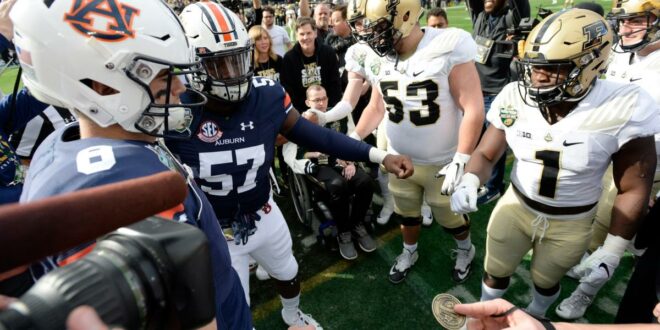Week 7 of the 2024 college football season offered up some of the sport’s customary excitement and chaos, with four games involving top-25 teams in the US LBM Coaches Poll going into overtime.
No. 3 Penn State came back from a 14-point third-quarter deficit to knock off USC. Under the famed night lights of Tiger Stadium, No. 8 LSU outlasted rival No. 15 Ole Miss. No. 10 Tennessee and No. 21 Illinois held off upset bids from Florida and Purdue, respectively.
As thrilling as the games were, they likely created some confusion or, at the very least, a need for a refresher for fans across the country.
REQUIRED READING: There are 11 remaining college football unbeatens. Predicting when each will lose
College football’s overtime rules have evolved over the years and vary significantly from the NFL’s, which call for a single 10-minute period to determine a winner. It’s one reason, among others, why broadcast networks will explain how overtime works in college football before the extra period begins.
There will undoubtedly be more overtime games this season, some of which will be matchups that help determine conference title winners and College Football Playoff participants.
In advance of games that will inevitably go past the allotted 60 minutes of regulation, here’s what you need to know about college football’s overtime rules and structure:
REQUIRED READING: SEC showdowns matching Georgia-Texas, Alabama-Tennessee lead college football Week 8 predictions
How does overtime work in college football?
The concept of an extra period is still relatively new in college football, a sport that staged its first game all the way back in 1869.
Before 1995, if a game was tied at the regulation, it simply ended as a tie, with no sort of overtime to try to break the deadlock. At the end of the 1995 season, an extra period was…
Source link : https://sports.yahoo.com/college-football-overtime-rules-explaining-040159309.html
Author : USA TODAY Sports
Publish date : 2024-10-19 04:01:59
Copyright for syndicated content belongs to the linked Source.
 NFL News NFL News, Reports and Updates
NFL News NFL News, Reports and Updates




